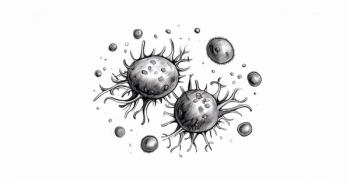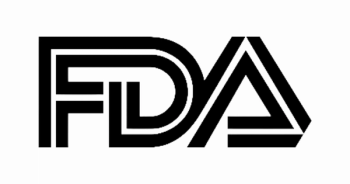
uGDB Predicts Response to Cretostimogene in BCG-Unresponsive NMIBC
Colin P.N. Dinney, MD, provides some background on translational analyses from the BOND-003 and CORE-001 trials.
Updated translational analyses from the BOND-003 (NCT04452591) and CORE-001 trials (NCT04387461), as presented by Colin P.N. Dinney, MD, from MD Anderson Cancer Center, investigated the utility of urinary genomic disease burden (uGDB) profiling in predicting response to the oncolytic immunotherapy cretostimogene grenadenorepvec in patients with BCG-unresponsive non–muscle invasive bladder cancer (NMIBC).
uGDB, assessed through next-generation sequencing to detect bladder cancer-associated mutations and DNA alterations, offers a non-invasive method to track disease burden. Prior research has indicated its potential in predicting recurrence and therapy response.
Cretostimogene grenadenorepvec is an oncolytic virus engineered to selectively lyse bladder cancer cells with dysregulated Retinoblastoma (Rb)-E2F pathways. This lysis leads to the release of tumor-associated antigens, stimulating anti-tumor immunity, a process further enhanced by the expression of GM-CSF. Given its promising activity, the FDA has granted cretostimogene grenadenorepvec fast track and breakthrough therapy designations for high-risk BCG-unresponsive NMIBC with carcinoma in situ (CIS) with or without Ta/T1 tumors (January 2024).
In these trials, patients receiving at least 1 dose of cretostimogene underwent uGDB testing using the UroAmp minimal residual disease (MRD) assay. This assay employs deep sequencing of a 60-gene panel alongside low-pass whole-genome sequencing to detect aneuploidy. A machine learning algorithm was used to generate recurrence risk scores, categorized as MRD-positive or negative.
While pretreatment uGDB, including the prevalence of mutations in key genes such as TP53, TERT, chromatin-modifying enzymes, proliferation pathway genes, and the presence of aneuploidy, did not predict initial response, a significant correlation emerged with post-treatment uGDB status at 13 weeks. At this time point, urinary MRD status effectively stratified patients, correlating with the 12-month complete response (CR) rate.
Both the BOND-003 and CORE-001 studies demonstrated a statistically significant reduction in uGDB in patients achieving CR at 3 and 6 months post-treatment, as highlighted by Dinney. Further, follow-up data suggests a durable treatment effect.
Here, Dinney provides some background on this analysis.









































